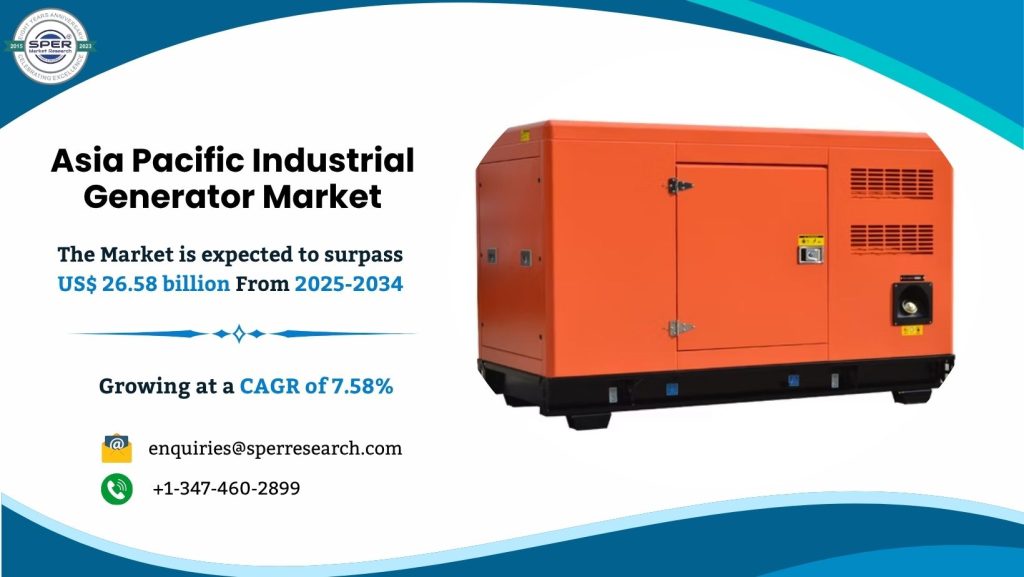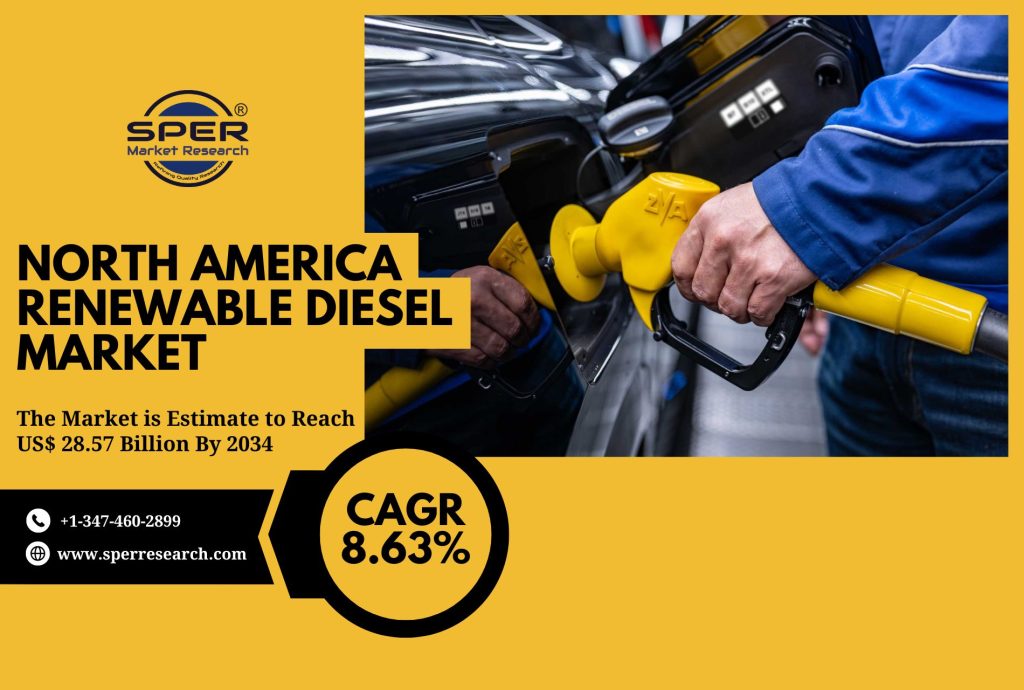Digital oilfield technology includes various equipment and functions used in the oil and gas industry to improve operational efficiency at different stages. It provides benefits like better recovery, optimized resources, and reduced downtime, contributing to flexible and reliable operations. This system consists of services, software, and hardware for data processing and analysis. The growth of remote onshore and offshore well drilling has driven the adoption of this technology to enhance financial returns.
According to SPER market research, ‘Asia Pacific Digital Oilfield Market Size- By Process, By Service, By Application, By Technology – Regional Outlook, Competitive Strategies and Segment Forecast to 2034’ state that the Asia Pacific Digital Oilfield Market is predicted to reach 10.59 billion by 2034 with a CAGR of 7.25%.
Drivers:
The growing need for real-time data and analytics in oil and gas operations is driving growth in the Asia Pacific digital oilfield market. These industries require accurate and timely information for effective decision-making, optimizing processes, and reducing risks. Digital oilfield technologies, like sensors and data analytics platforms, allow companies to collect and analyze large amounts of data in real-time, helping them monitor performance, foresee equipment failures, and improve efficiency. This real-time data is especially vital in challenging environments, such as deepwater and offshore fields, where small issues can cause major financial losses. Companies can enhance decision-making and productivity by using these insights.
Request a Free Sample Report: https://www.sperresearch.com/report-store/asia-pacific-digital-oilfield-market?sample=1
Restraints:
However, a significant challenge in this market is the high initial and ongoing costs of implementing digital oilfield technologies. The financial investment needed for advanced equipment and software, as well as the integration of these systems, can be very high. For smaller and mid-sized companies, these costs may be too burdensome. Additionally, maintaining and upgrading digital systems adds to the overall financial strain. China dominated the digital oilfield market in 2024, owing to rising energy demand, technological advancements that improved oilfield operations efficiency, government initiatives promoting energy sector digitalisation, and the use of big data analytics, IoT, and AI to optimise production processes. Furthermore, the necessity to improve exploration and production in remote and difficult environments promotes the use of digital oilfield technologies. Some of the prominent market participants include ABB, Accenture, Aviat Networks, Inc, Caterpillar, CGG, Cisco Systems, Inc, Digi International Inc, EDG, Inc, and others.
For More Information, refer to below link: –
Asia Pacific Digital Oilfield Market Share
Related Reports:
Asia Pacific Industrial Generator Market Growth
Africa Transmission Lines Market Growth
Follow Us –
LinkedIn | Instagram | Facebook | Twitter
Contact Us:
Sara Lopes, Business Consultant — USA
SPER Market Research
enquiries@sperresearch.com
+1–347–460–2899









